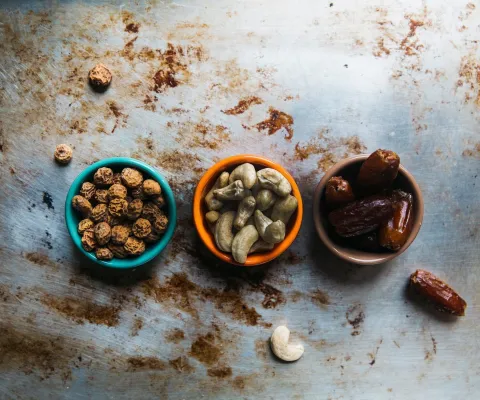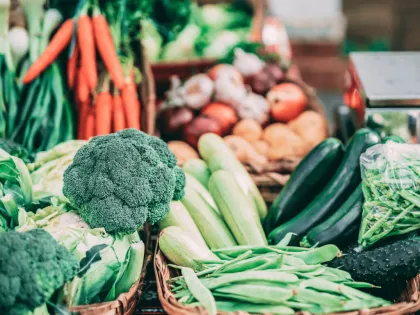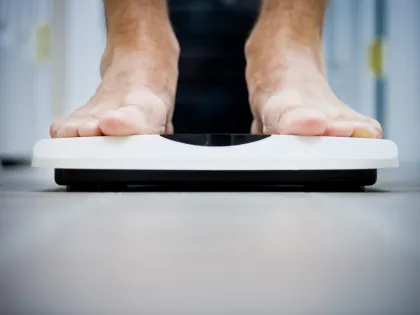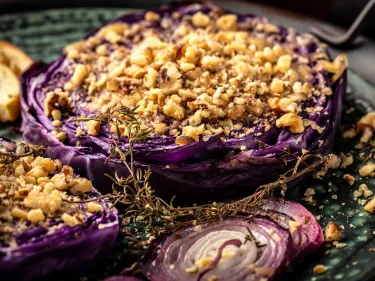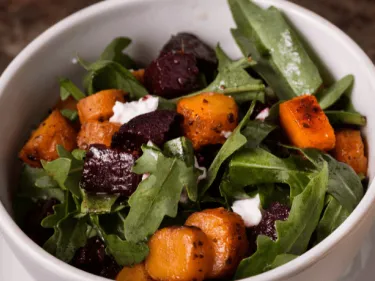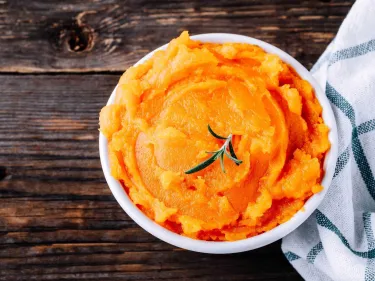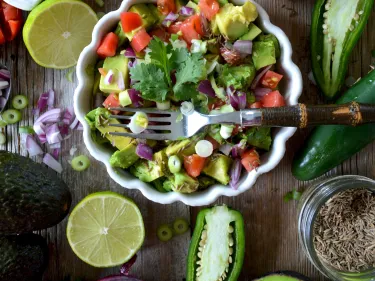Around one in four Australians live alone. More women live by themselves than men. Even if you don’t live alone, you probably still cook for yourself.
Cooking for one can be a challenge! It can mean you have to prepare and eat differently to what you would if you had to cook and share meals with others. Living by yourself can mean more freedom to choose what you eat, when you eat and what to cook, but there can be extra challenges too. Money, time, effort, motivation, less variety and food waste are all affected when cooking for one. We’ve put together some helpful tips to set you up for success when it comes to healthy eating for one.
Meal Plan
Plan meals and snacks ahead of time. Write a meal plan and create a shopping list to match it. This helps reduce the effort of coming up with meal ideas and saves money, time and brain power, while also helping to prevent food waste.
Start by looking in your fridge, freezer, and pantry for the foods you already have on hand or need to use up. Include what you’ll eat for breakfast, lunch, dinner, and snacks too. It may help to plan out two weeks rather than one. From this plan, create a shopping list and check No Money No Time for recipes that use up ingredients in your fridge and pantry, or leftovers from the other recipes.
If you need some help getting started, we’ve put together a meal plan for one that will cost you less than $55 per week. You can find it here.
Cook for a crowd
If you have a freezer, use it to your advantage by packaging foods into single portions before freezing, like meat, chicken and fish. What you eat is influenced by your surroundings. If you have healthy foods on hand that does not need much effort to prepare, you are more likely to eat them.
Making ‘one serve’ meals can take as much effort as cooking for a crowd. Cook recipes that would serve 4-6, such as this Lentil Bolognese Recipe or Clare’s Slow Cooked Beef Stroganoff and portion these out to single serve containers. Put the extra portions in the fridge or freezer, so you have lunch or dinner for the next day and some spares in the freezer so you get a night off when you can’t be bothered cooking.
Buy bigger
Some foods can be more economical when purchased in larger amounts, such as meats, fish, rice, pasta or frozen vegetables. It’s not always realistic (or enjoyable) to try and eat only chicken for a week just so you can take advantage of a cheaper price per kilo. If you have the means, buying the next higher quantity of a food may offer some cost savings if you can store or freeze the rest.
After you’ve done the grocery shopping, separate portions out straight away. Keep a white board in your kitchen that lists out what you’ve got in the fridge and freezer, and refer to this before you next go to the shops.
Keep healthy, single serve snacks and staples available for a quick 15-minute meal
Stock up on healthy pantry, fridge and freezer staples. Frozen or canned fruits and vegetables can work just as well as fresh in some recipes. Other great pantry staples include microwaveable rice packets, cans of tuna, legumes, wholegrain cereals, seeds and nuts. Fresh foods such as eggs and tofu have a reasonable shelf-life and can be turned into a meal without waste.
Some healthy snacks come in single serves. Fruit such as an apple, banana, orange, or mandarins make a great snack. If you find that your fruit ripens too fast, aim to eat fruits like bananas closer to when you buy them (or peel and freeze), and keep apples and oranges in the fridge for later in the week. Canned or frozen fruit are also great options. Foods such as a tub of yogurt, or block of cheese can be portioned into single serves for the week.
Share a meal
Living alone can influence how and what you eat. Is there a family member, neighbour or friend you can swap meals with on a regular basis? Make them a meal, or have them share their favourite recipe with you. Could you learn to cook a new recipe from NMNT together and share the leftovers? Now that we’re in the Zoom age, consider sharing a meal with those a little further away.
